Weather yesterday morning at the Dayton Hamvention was quite pleasant even if a little fickle at times. I had time in the morning and an hour or so in the afternoon to browse the various treasures scattered about in the flea market section. Here are a few photos of the vintage gear I found:
My friend and ETOW volunteer, Christine, purchased the mint condition Zenith Transoceanic above. I’m not sure I’ve ever seen a better example of a vintage Transoceanic 7000 for sale. A good bit of well-deserved beginner’s luck for Christine!
If you’re also at the Dayton Hamvention, please stop by table 411 in the Ball Arena and introduce yourself!

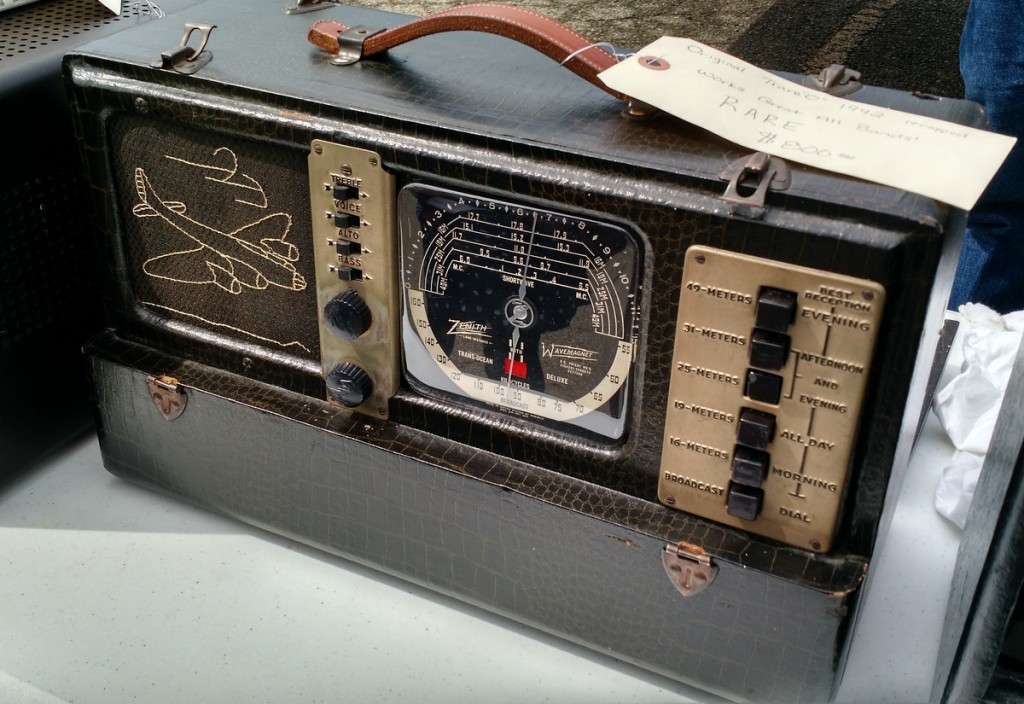
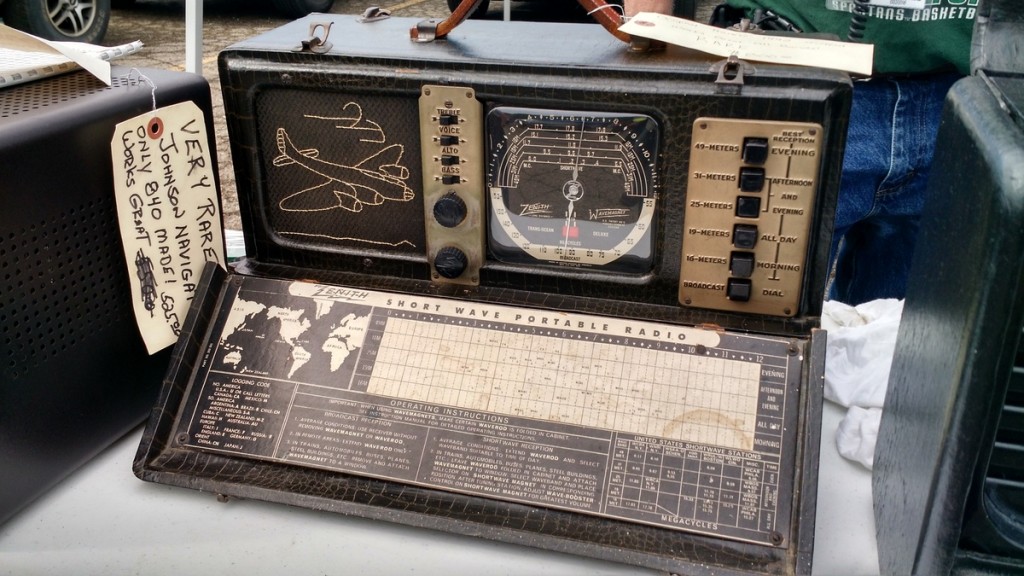
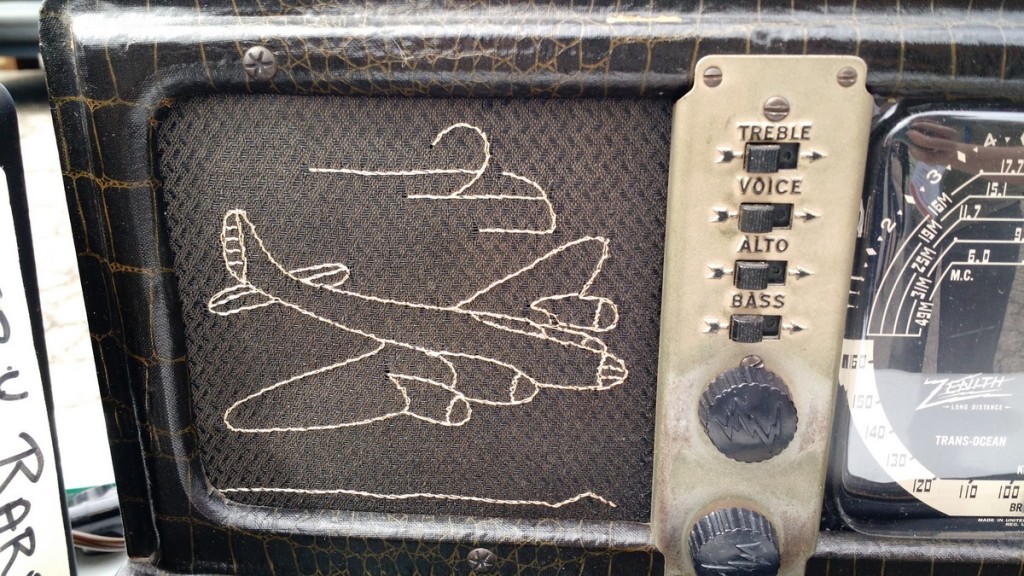
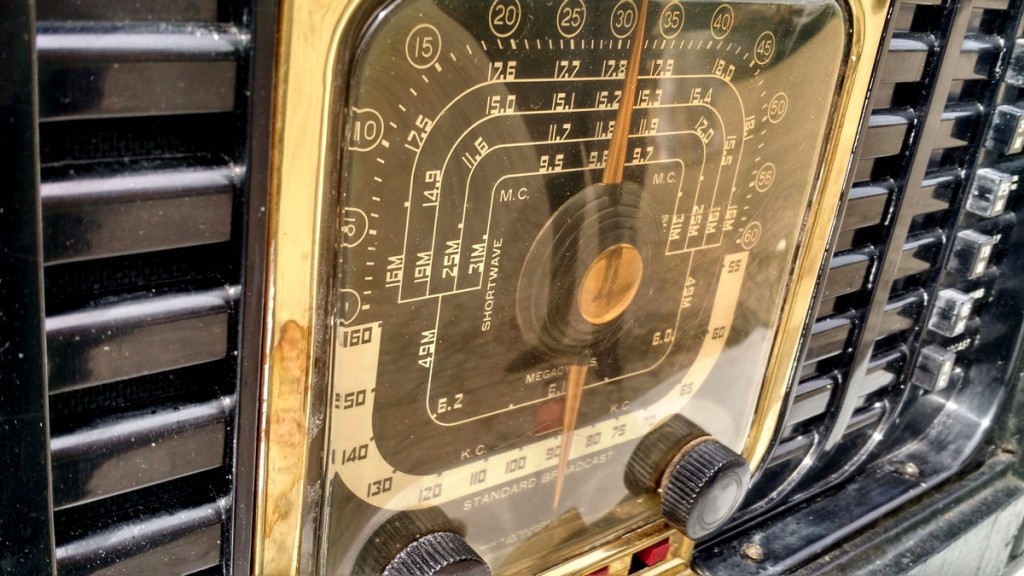
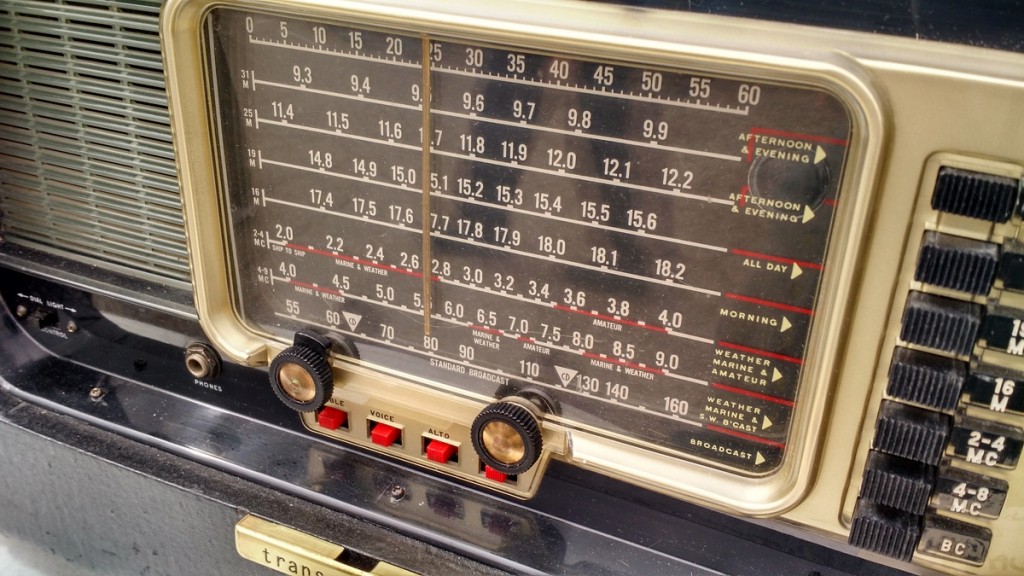
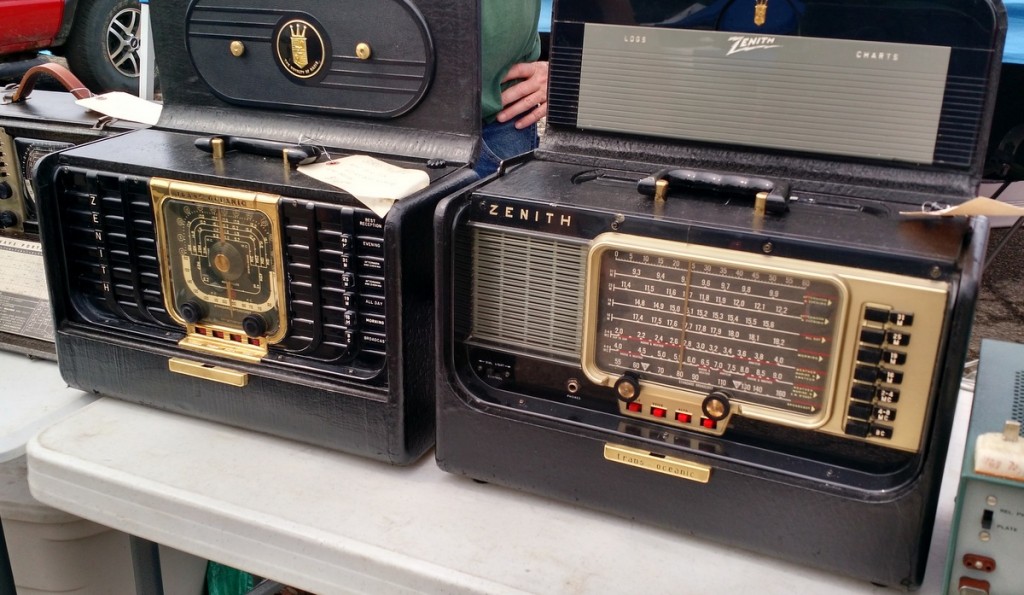
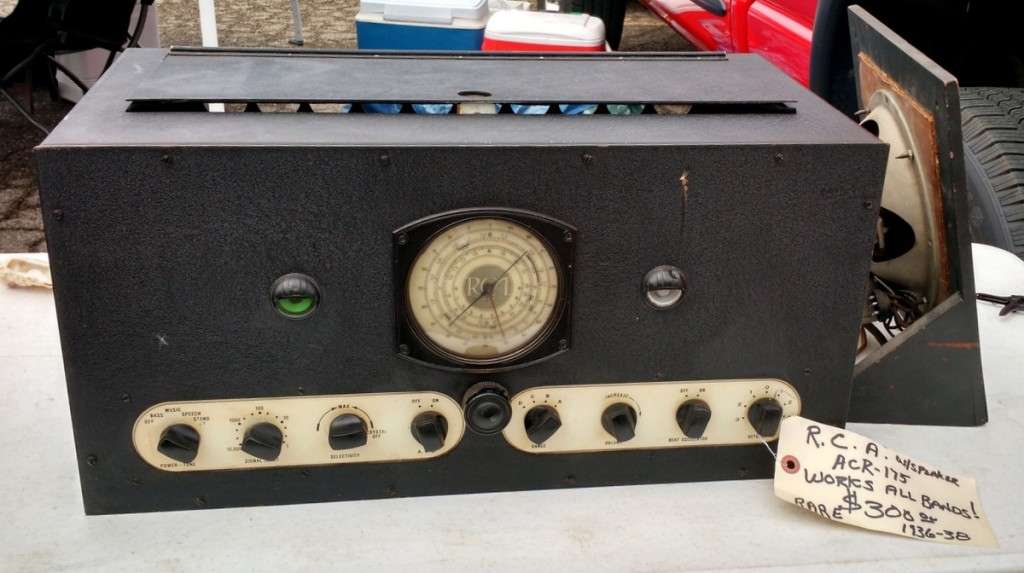
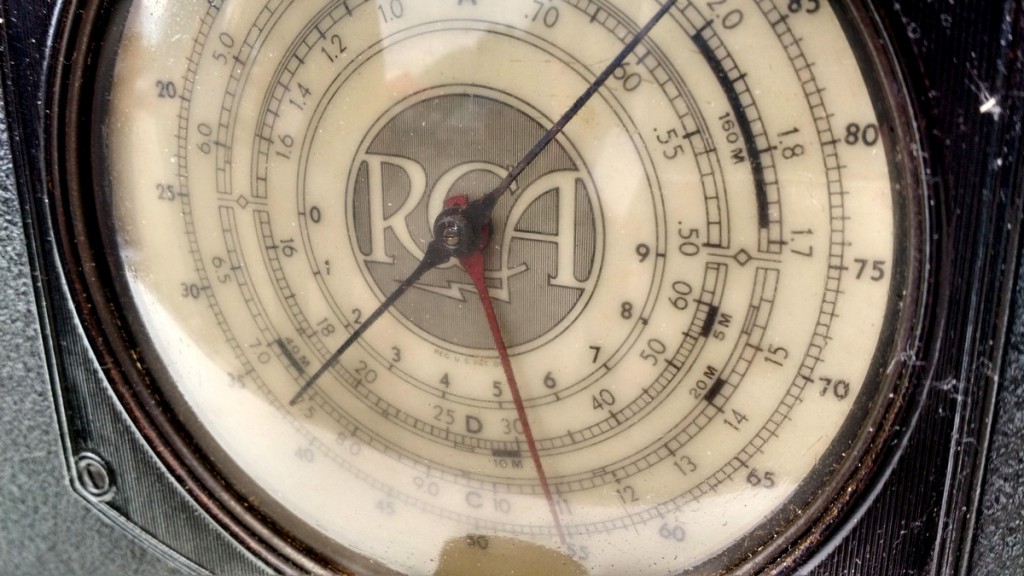
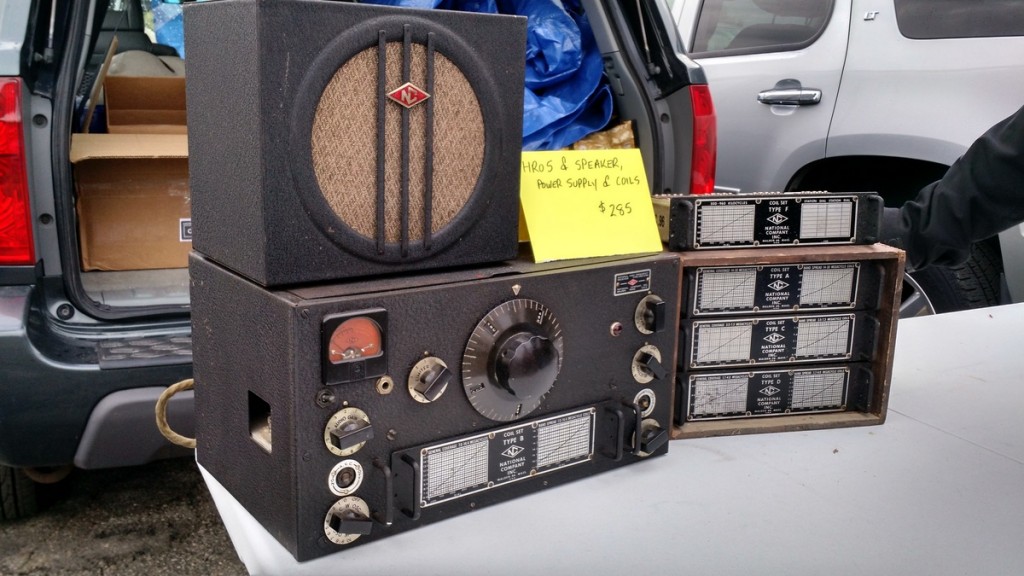
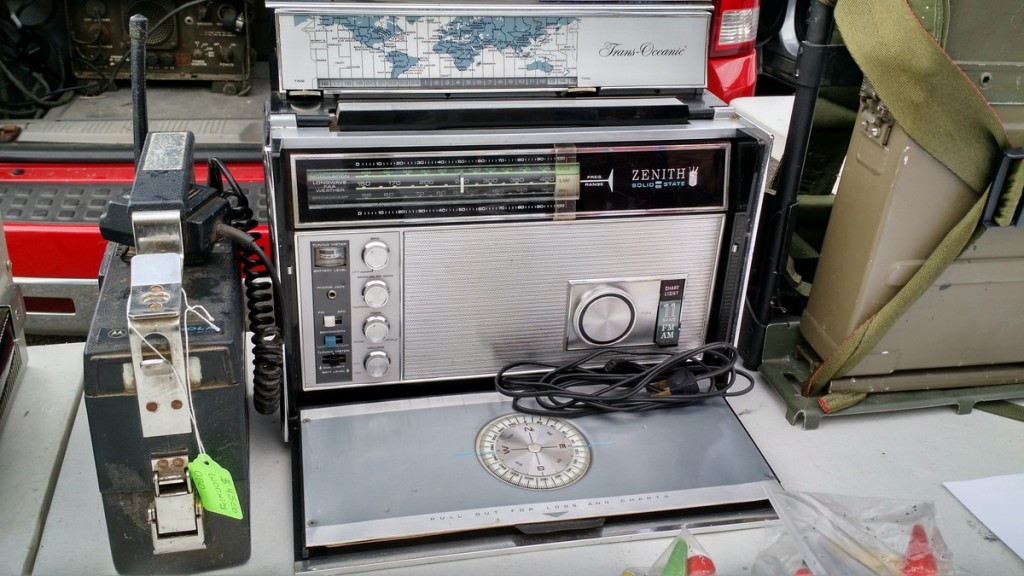
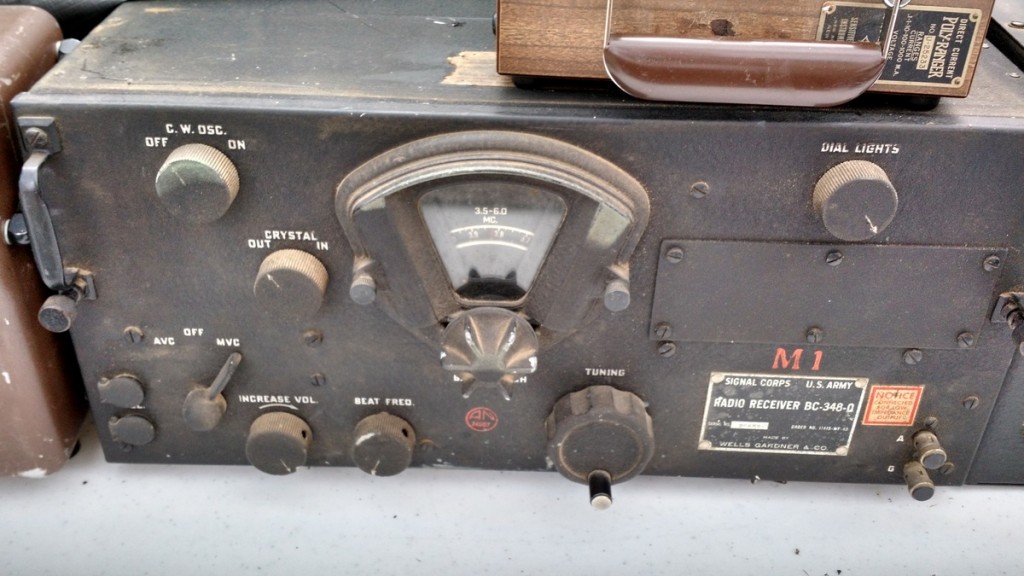
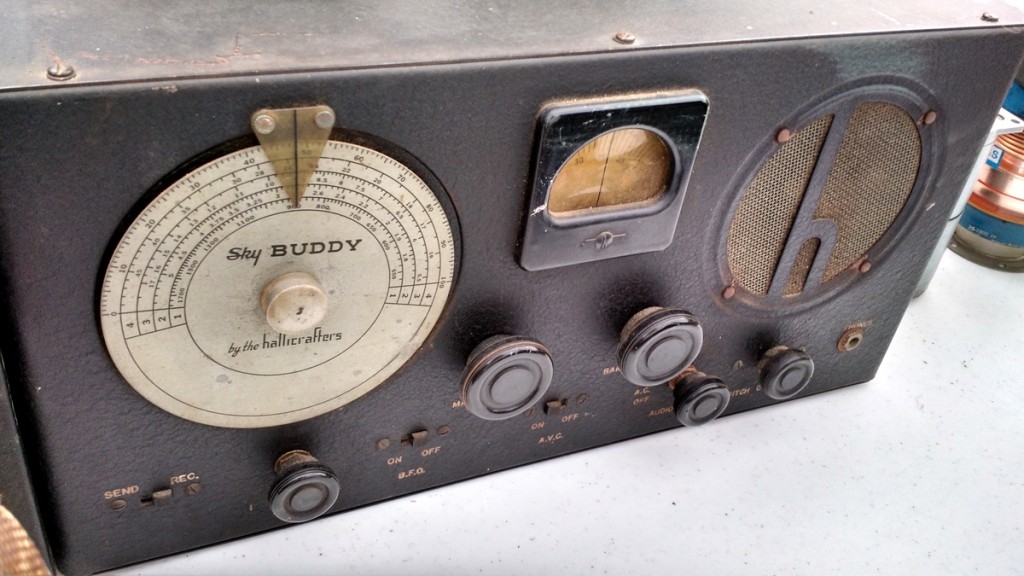
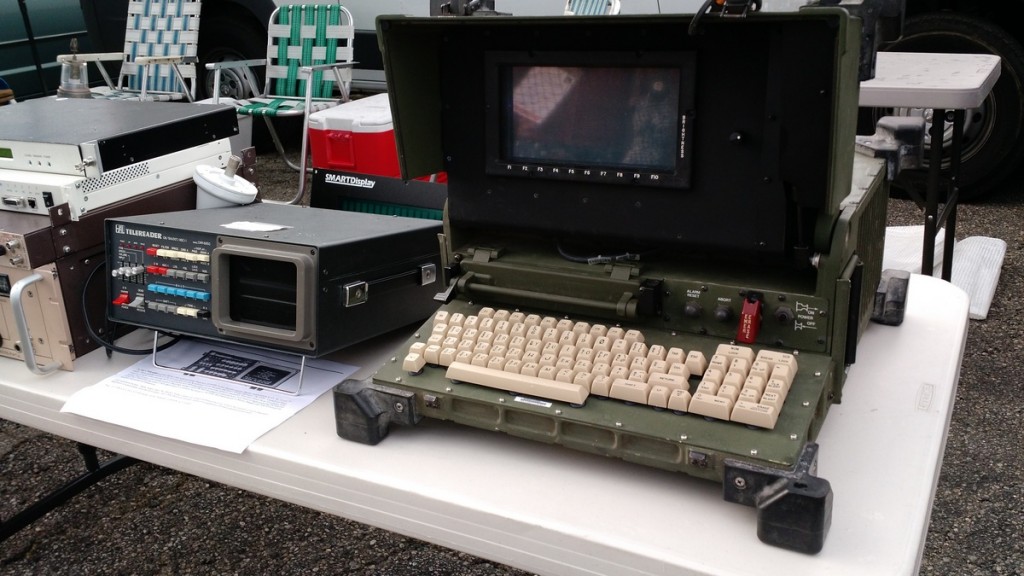
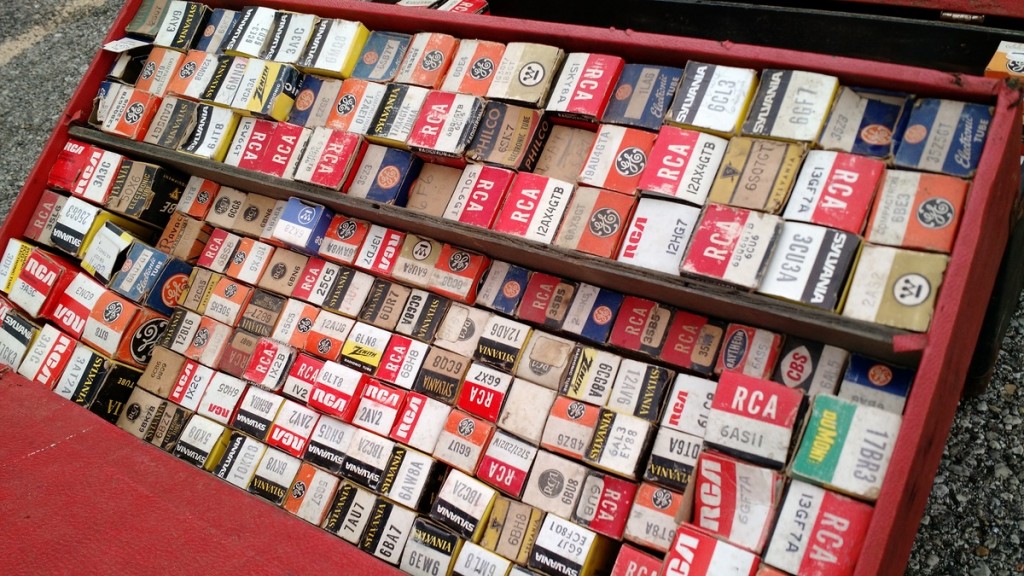
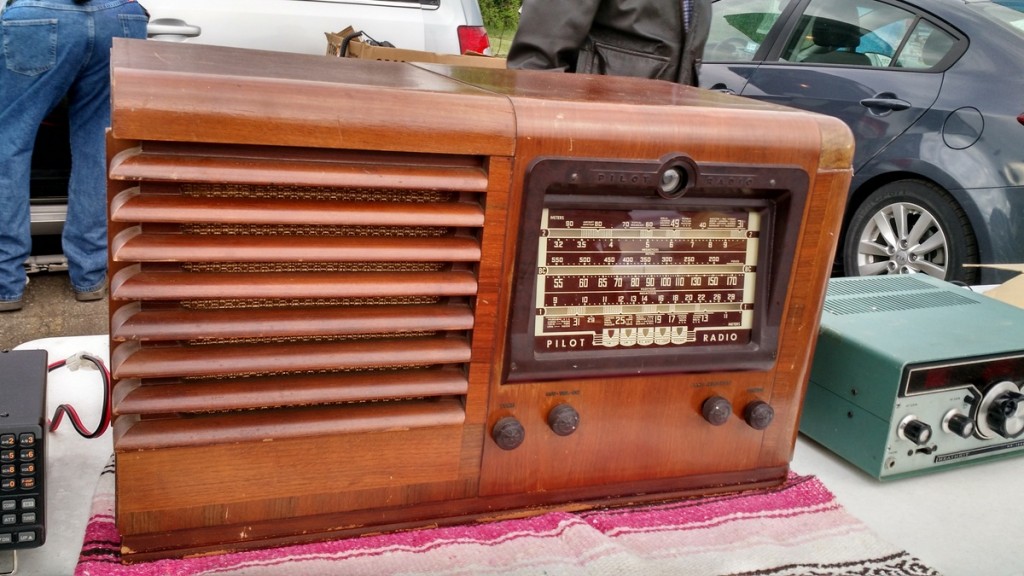
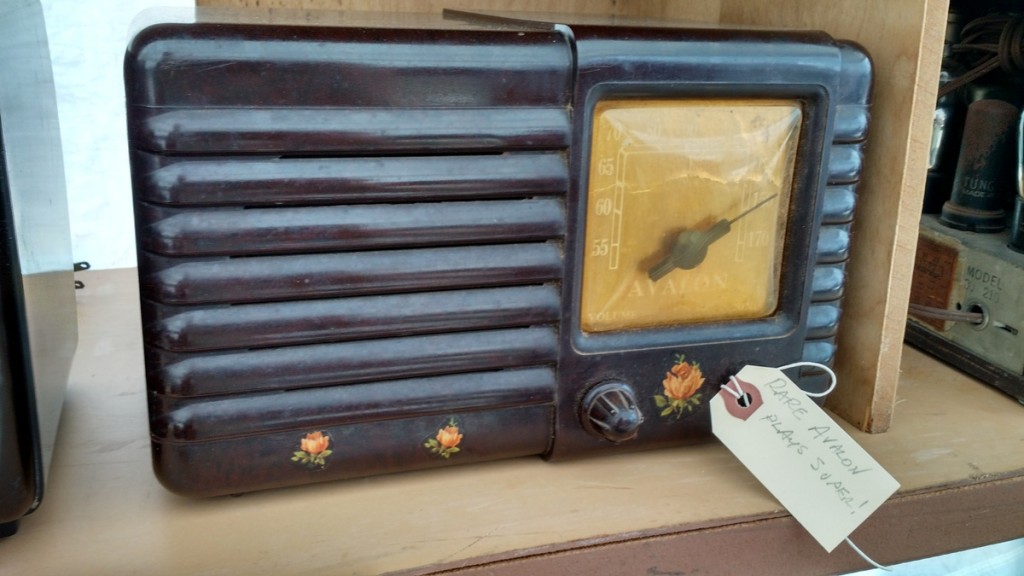
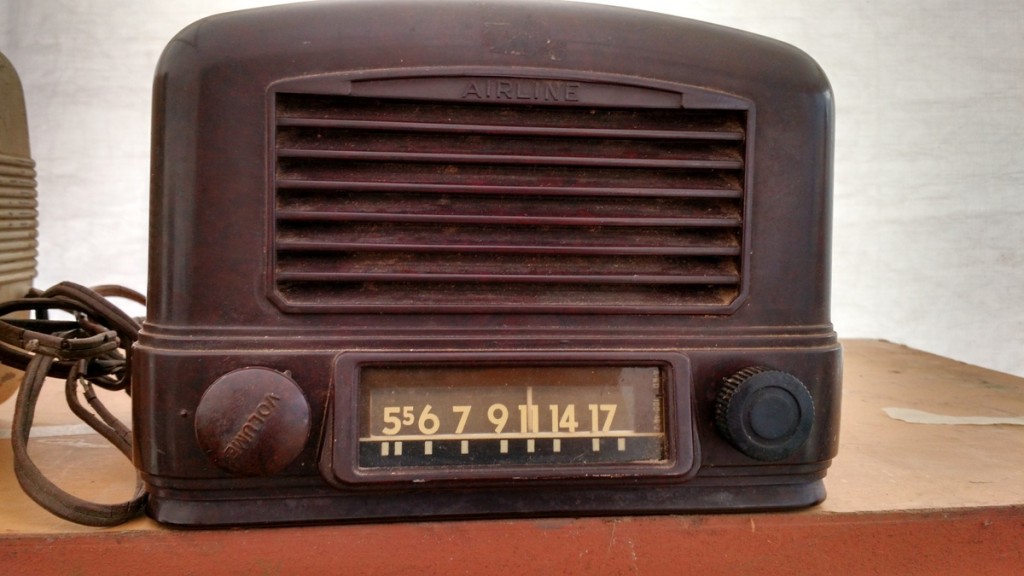
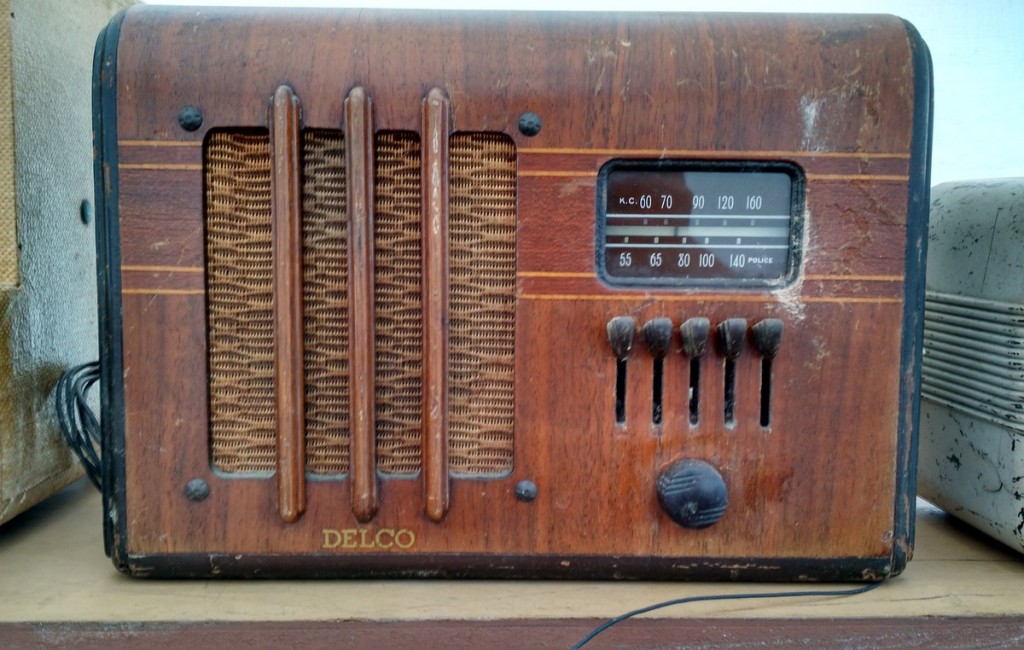
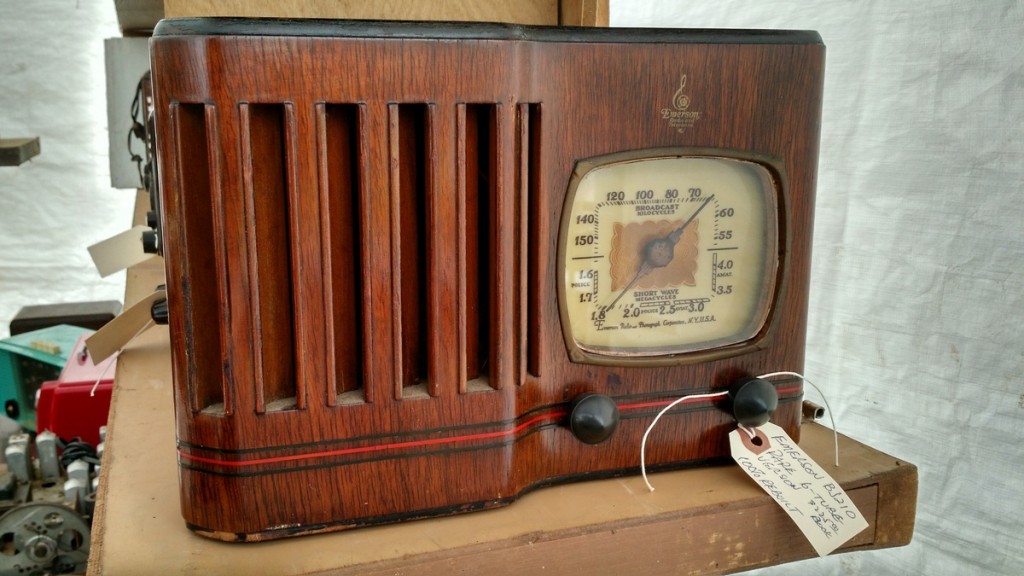
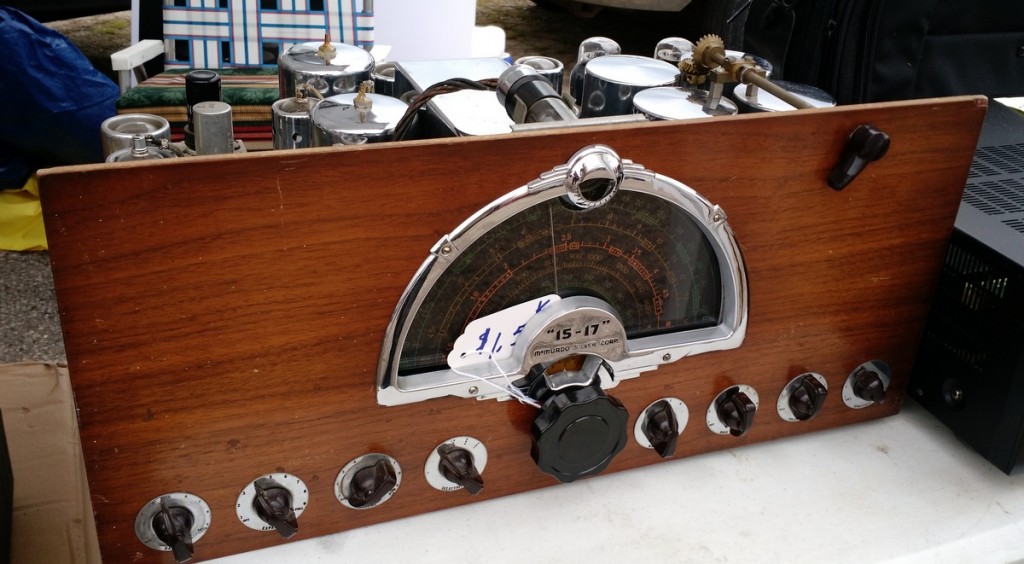
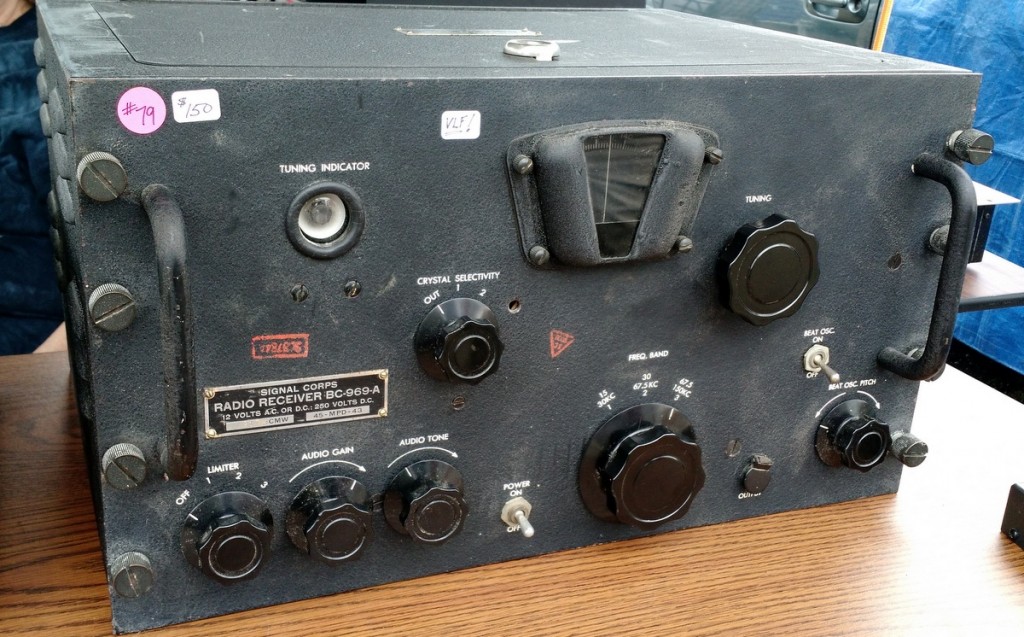
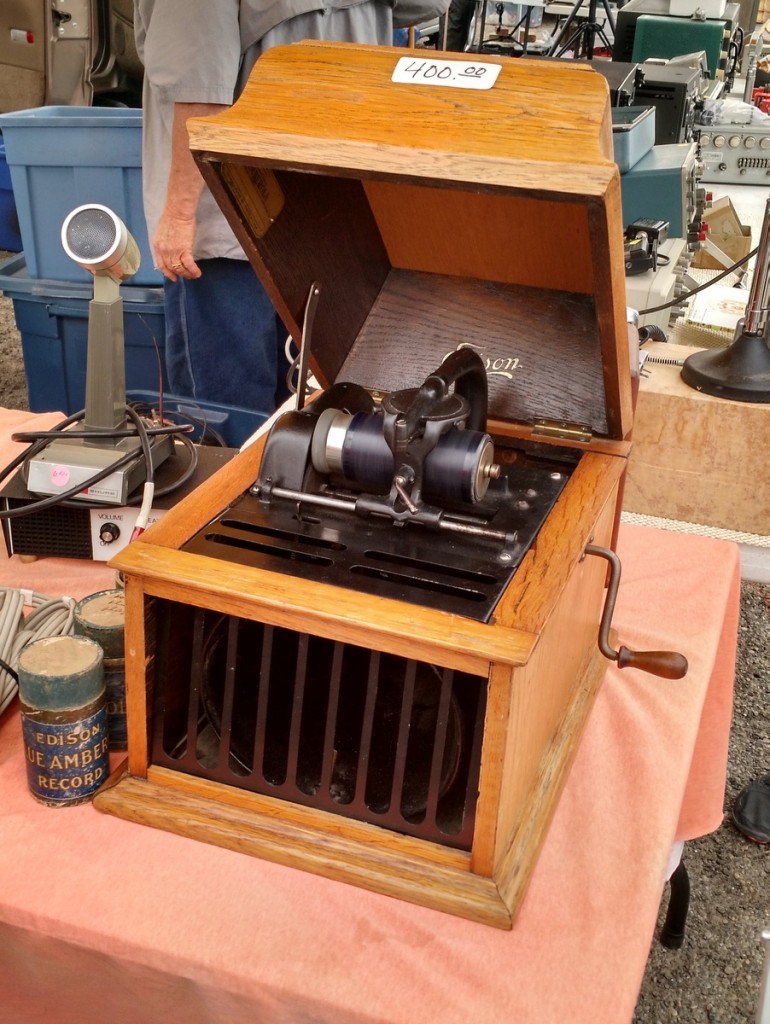
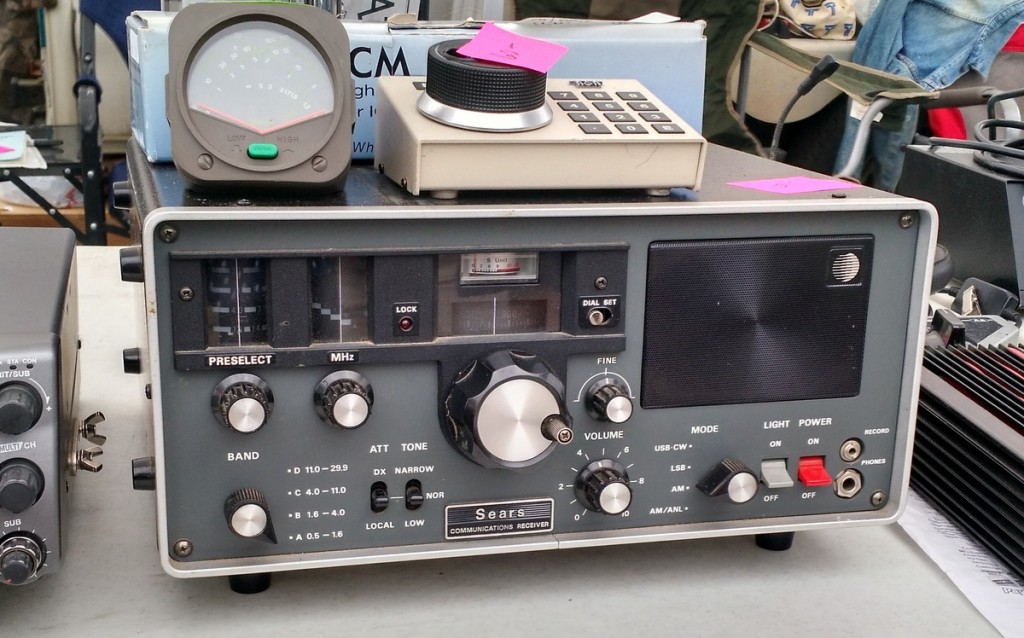
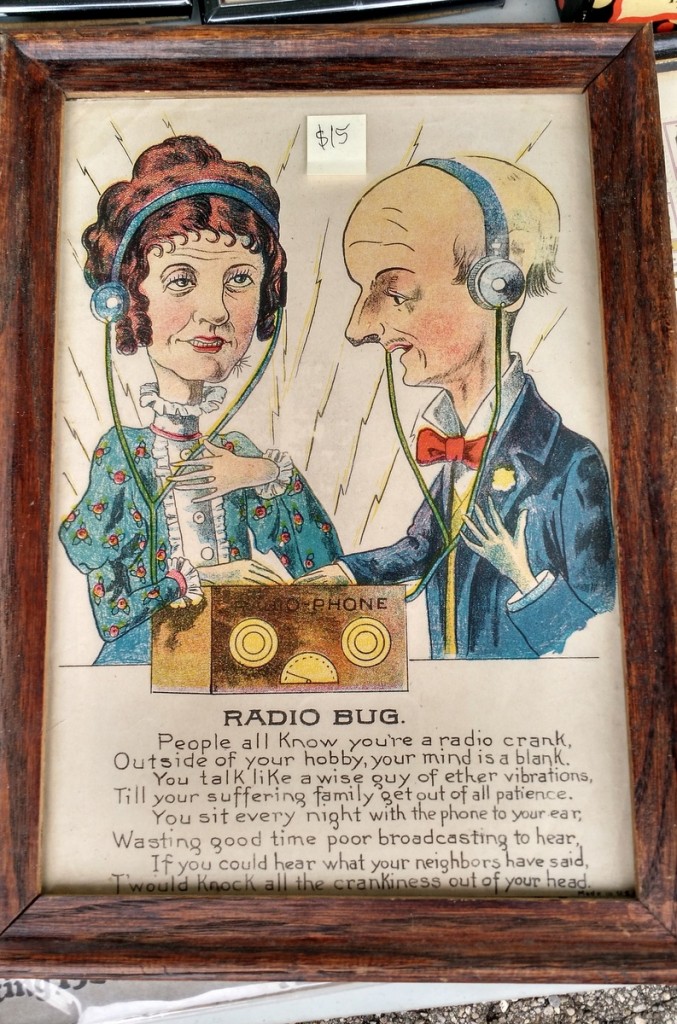
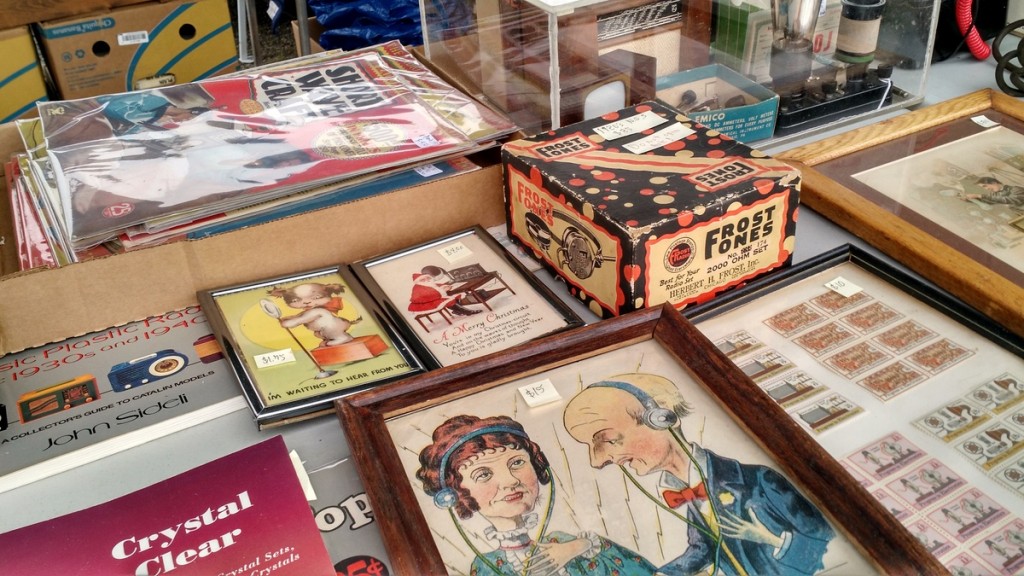
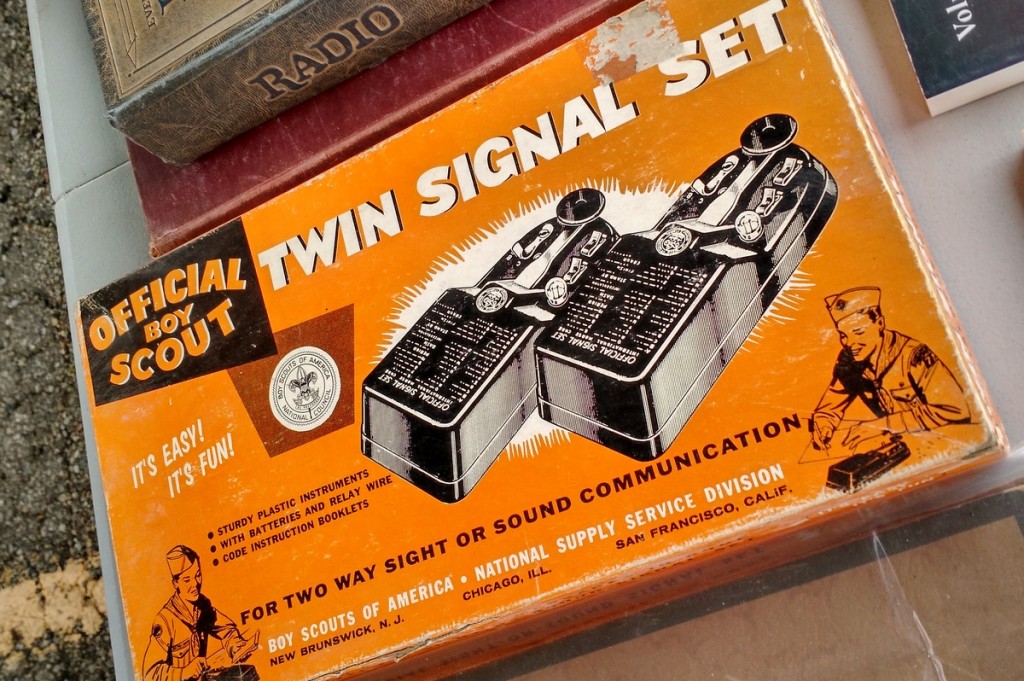
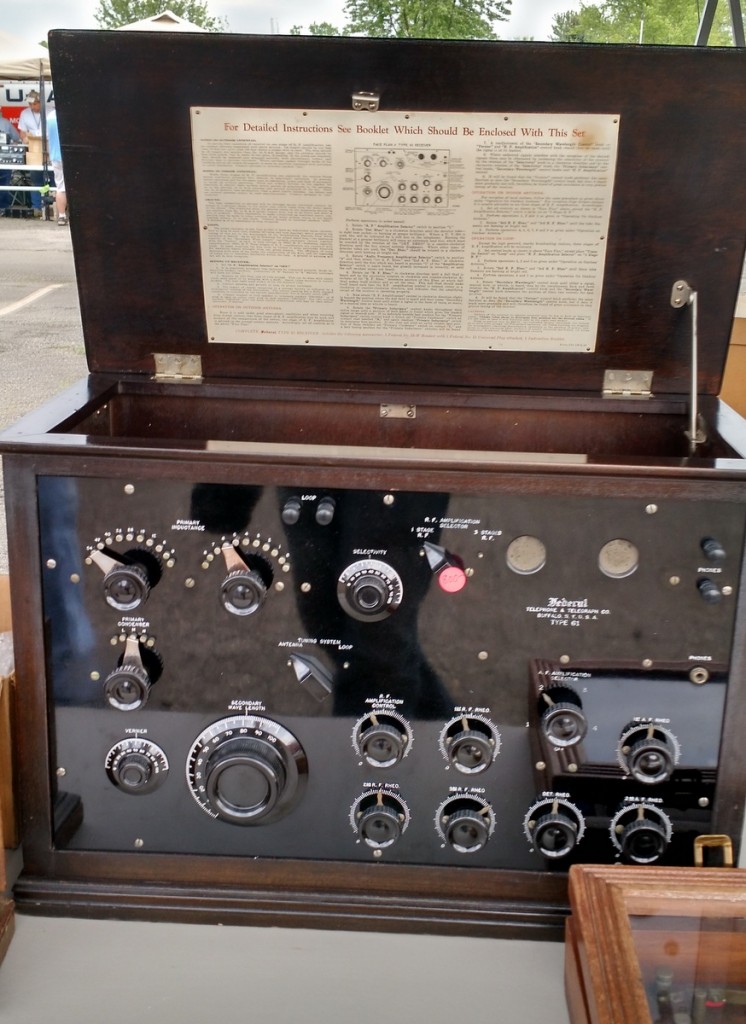
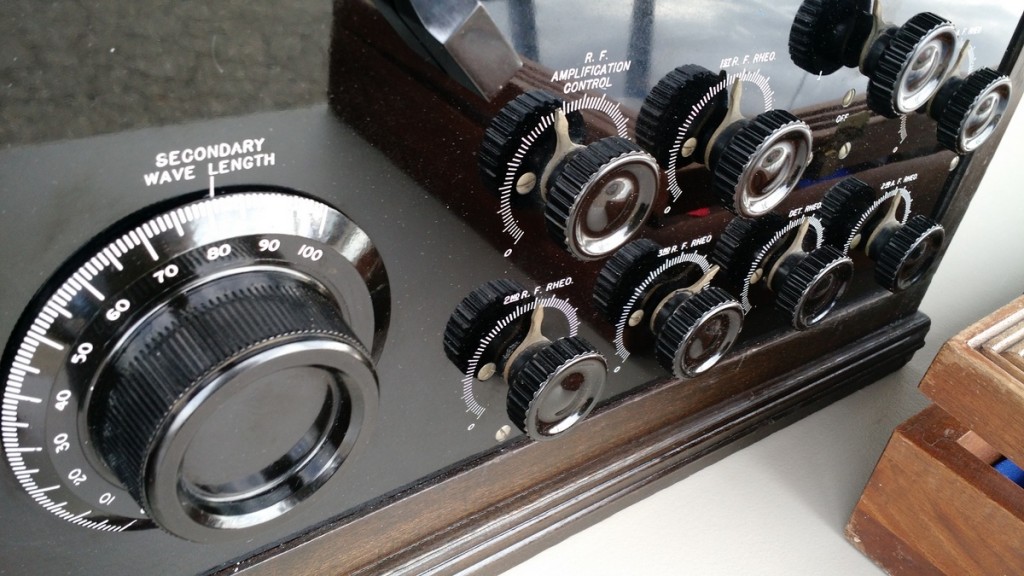
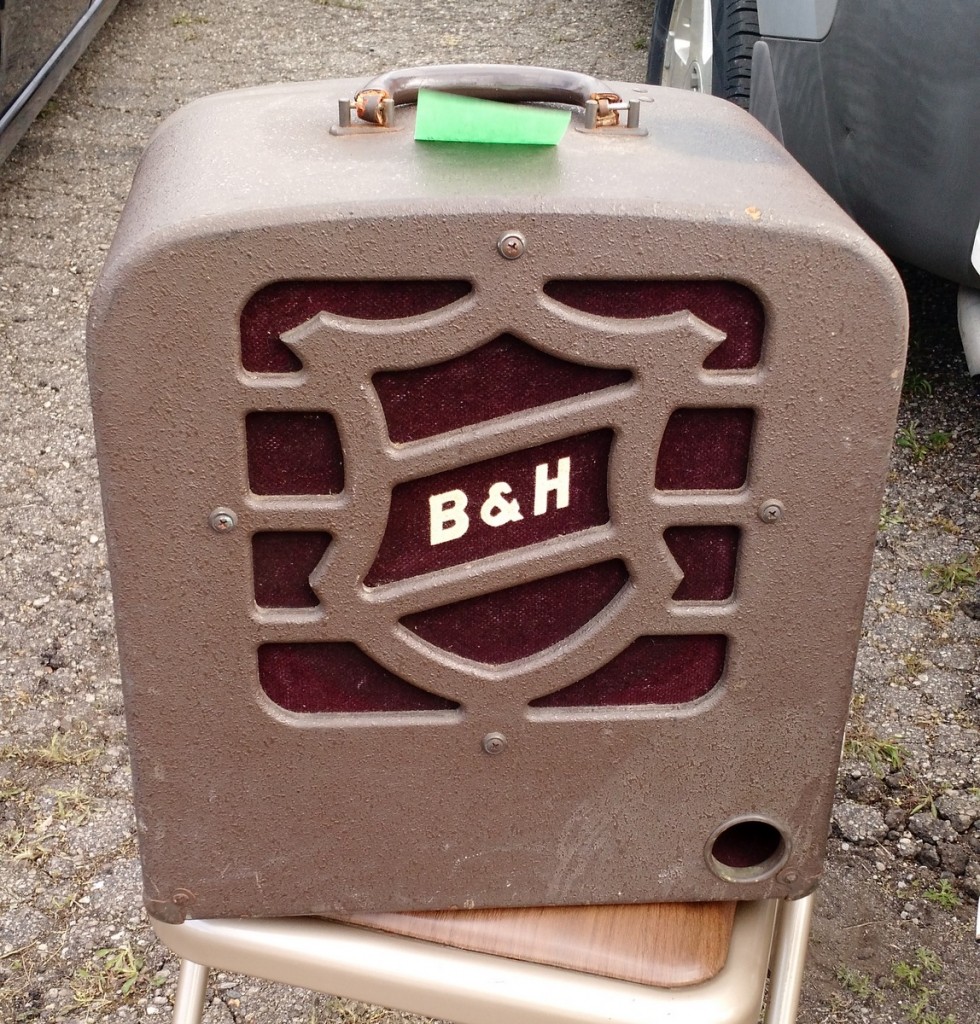


Thanks for the trip down memory lane. Enjoyed seeing “Real Radios” once again
Ron. W0EAX
Well it was very nice to see the old radios
But why did you hide the prices
Jer
I’m seeing prices on several of the tags Jer. It doesn’t look as if any attempt was made to hide them,
Dave
AA7EE
Hi, Jerry,
I didn’t try to hide the prices. If there was a visible tag, I tried to include it and keep the file size large enough it could be viewed. Many times at the Hamvention, the seller wants you to ask about the price because they start high at the beginning of the day and decrease as the day passes. Sometimes (if an item hasn’t already been snagged) you can get a great deal toward the end of the day.
Cheers,
Thomas
Great photos Thomas. Thank you for posting these. I’m pretty sure I would have snagged that HRO. If it’s in as good condition as it looks, $285 is a very fair price, and acts as a reminder as to how prices on a certain auction site tend to be quite a bit higher.
Maybe one of these years I’ll get myself to Dayton!
Dave
AA7EE
In truth, Dave, when I saw that HRO, I immediately thought about your home brewed “Sproutie” regenerative receiver! HRO stuff has serious appeal!
Glad you liked the photos, OM!
Cheers,
Thomas
My next (and possibly final, at least for a while) regen took part of it’s physical design inspiration from the HRO. It will have the same lovely dial and drive on a large front panel – and will consume a fraction of the current 🙂
I saw a BC-348-Q in among those photos too – though it didn’t look as nice as yours Thomas!
Dave
AA7EE
Can you give us some idea of prices being charged? Is there a market for these sets or are people dumping them for newer gear?
Hi, Jonathan:
Prices vary greatly based on how rare or sought after a particular model may be. Many vintage radios can be found for less than $100, but you have to assume they either need a little work, are cosmetically sub-par, or are simply a parts radio. There are many exceptions, though (see: http://wp.me/pn3uc-2s5) and that is the allure: finding a bargain treasure!
Many classic (non-rare) vintage radios and boat anchors (mainly receivers) can be found between $100-300. Toward the top end of that price you expect the radio to be functioning and possibly re-capped (having had all capacitors replaced).
There are many popular/rare models that can far exceed these prices at hamfests and the Hamvention, though. Most Collins equipment, for example, can demand (well) over $800.
In truth, there’s a fairly steep learning curve when it comes to buying vintage gear at a fair price or bargain. I never spend big bucks on vintage gear, so if I over-pay, it won’t be by much. If I want to invest in something rare, I’ll get to know the pricing landscape of that particular model or series in advance.
To be clear, I believe there is a healthy market for good vintage gear–in fact, there’s even usually a forum at the Hamvention devoted to the topic.
I do know, however, that large 1930’s/40’s console radios are flooding the market a bit right now. Many good deals can be found since collectors are aging, moving into smaller accommodation, and must give up these beauties which require a decent amount of real estate. Antique radio auctions are the best place to find these. Sometimes you can find fully-functioning, good condition console radios for $20-50.
Funny, but when I attend the Hamvention, I scour the flea market for vintage gear–anything from 1910s-1970s. I pretty much ignore solid state transceivers and receivers made between 1980s-2014. Instead, I search for the latest innovations.
-Thomas